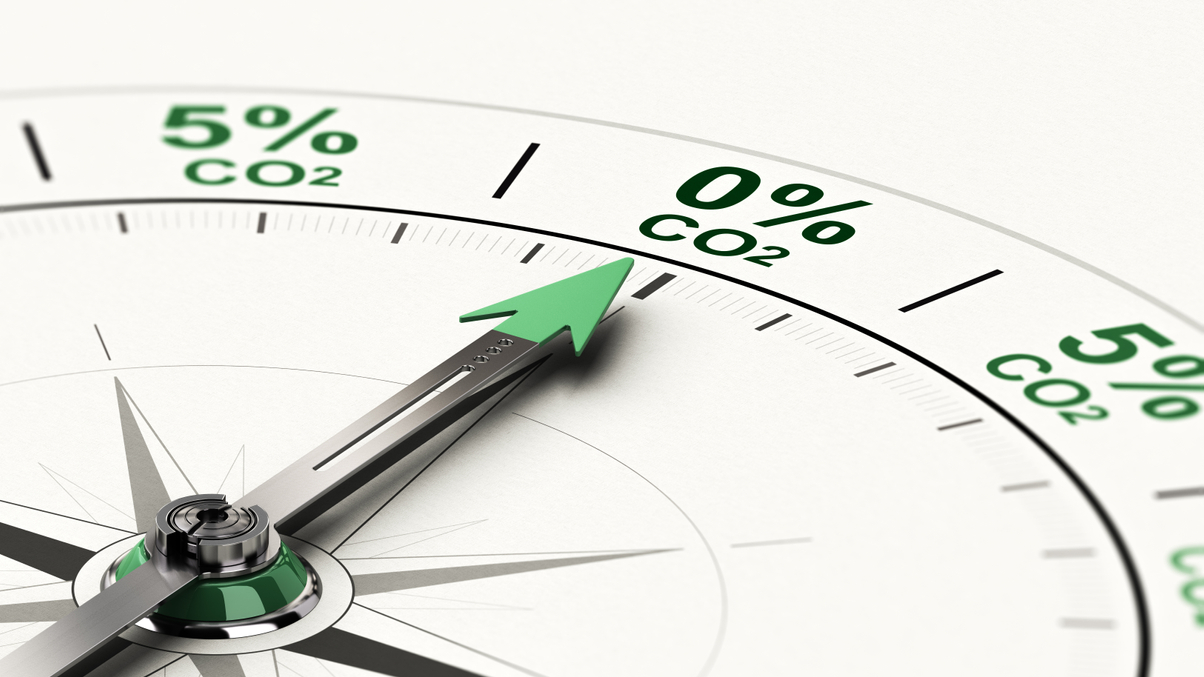APAC institutional pressure on utilities boosting transition plans
Pressure on companies does pay off, as Asia's largest utilities companies cooperate with investor demand for action on decarbonisation, a recently released report says.

Asia Pacific institutional investors are increasingly dealing directly with energy and utilities companies in the region to accelerate the work of decarbonising their operations.
Sign In to Your Account
Access Exclusive AsianInvestor Content!
Please sign in to your subscription to unlock full access to our premium AI resources.
Free Registration & 7-Day Trial
Register now to enjoy a 7-day free trial—no registration fees required. Click the link to get started.
Note: This free trial is a one-time offer.
¬ Haymarket Media Limited. All rights reserved.


